Expansion laryngoplasty is a new, combined procedure that can treat both glottic and subglottic stenosis simultaneously. This is a small case series showing how to perform this surgery, as well as outcomes from 15 years.
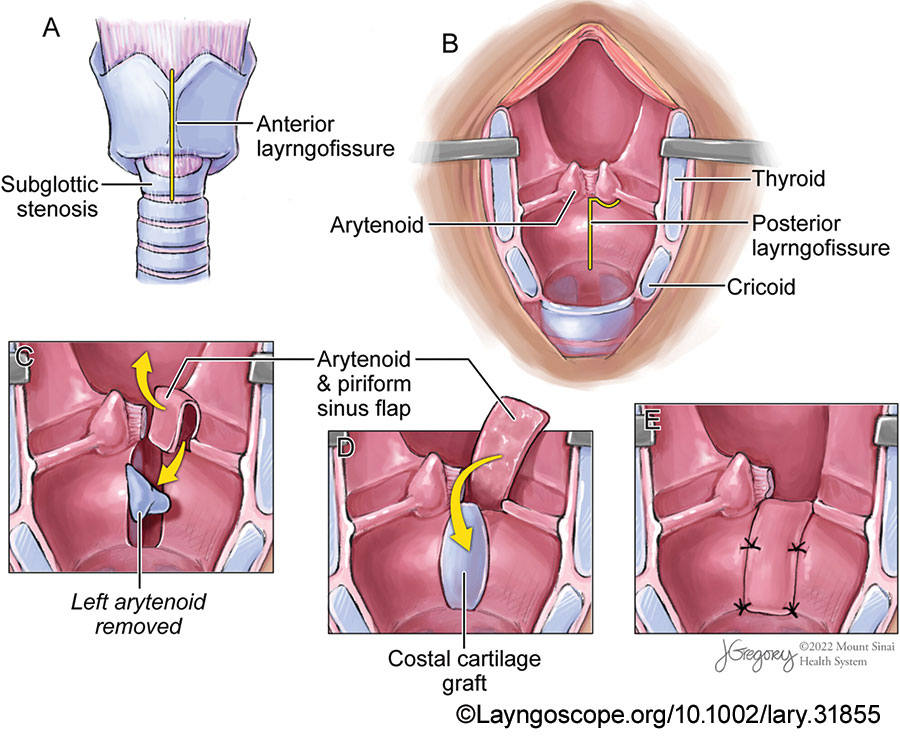

Expansion laryngoplasty is a new, combined procedure that can treat both glottic and subglottic stenosis simultaneously. This is a small case series showing how to perform this surgery, as well as outcomes from 15 years.
The authors review their pediatric EESS technique in patients with intra-operative high flow cerebrospinal fluid leak, with a focus on details that differ from adult transsphenoidal surgery technique.
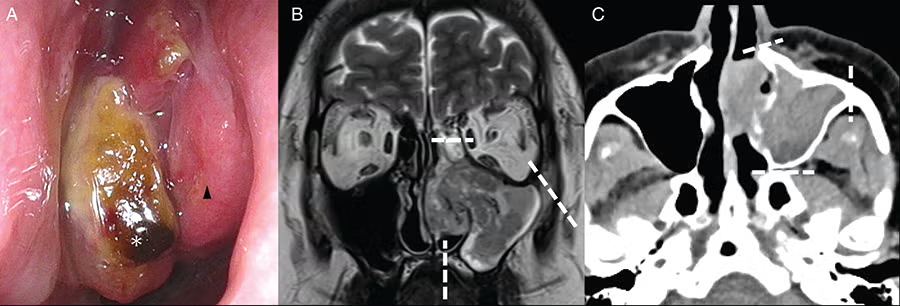
This study presents a pioneering report on an endoscopic-assisted total maxillectomy that allows for en bloc resection without a facial skin incision.
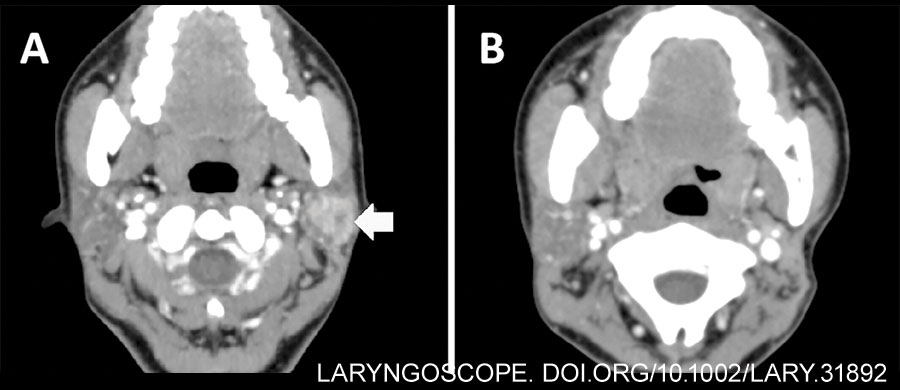
The authors presented the surgical procedures of full endoscopic total parotidectomy followed by the sternocleidomastoid muscle flap transplantation via a short postauricular hairline incision and reported patient outcomes to evaluate the feasibility and efficacy of this novel approach.

This article assesses the efficacy of intralesional steroid treatment in preventing vocal fold scarring following vocal fold surgery using a rabbit model.
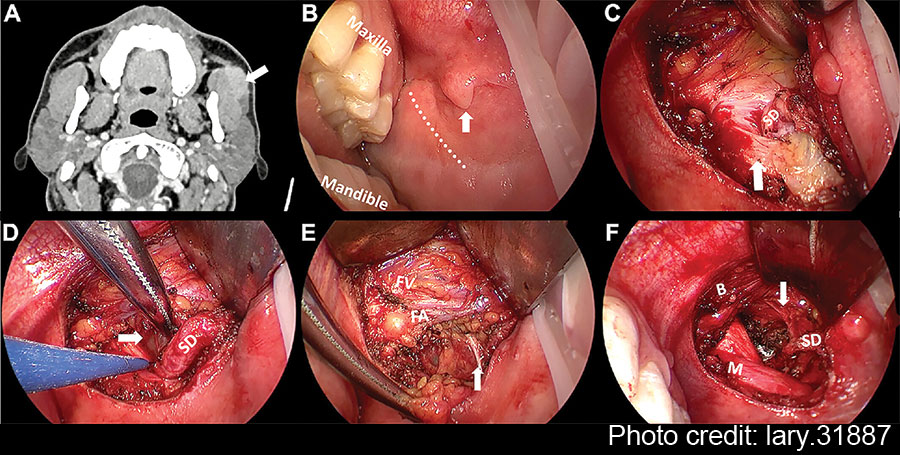
This article aimed to present the authors’ experiences with endoscopic-assisted transoral resection of APG tumor and to describe the surgical procedure involved.

Endoscopic nasopharyngectomy in the context of recurrent nasopharyngeal carcinoma may require reconstruction with strongly vascularized flaps. This is fundamental to address the volumetric deficit and prevent complications such as carotid blowout syndrome. The submental island flap is well suited for this purpose.
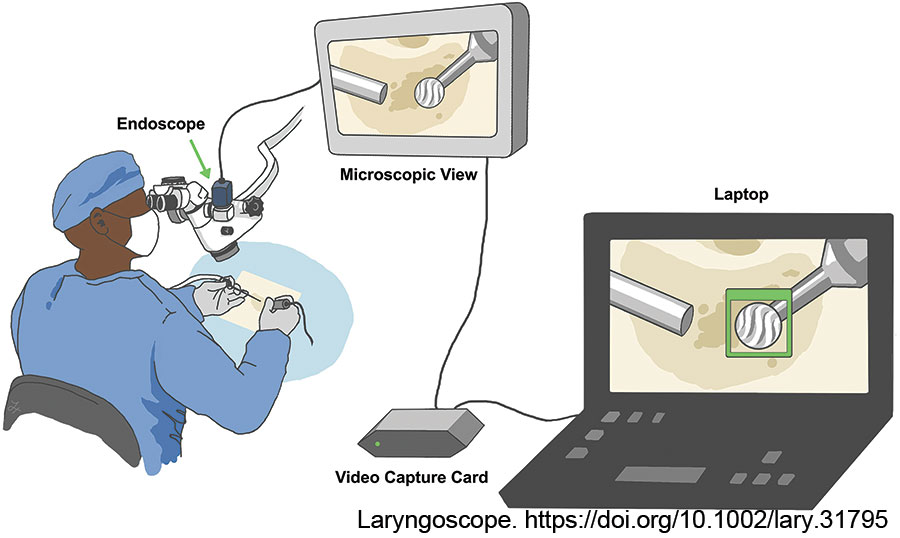
In this work, the authors present a computer vision model for automatic otologic drill motion analysis during mastoidectomy and detail how to implement a computer vision model for real-time use.
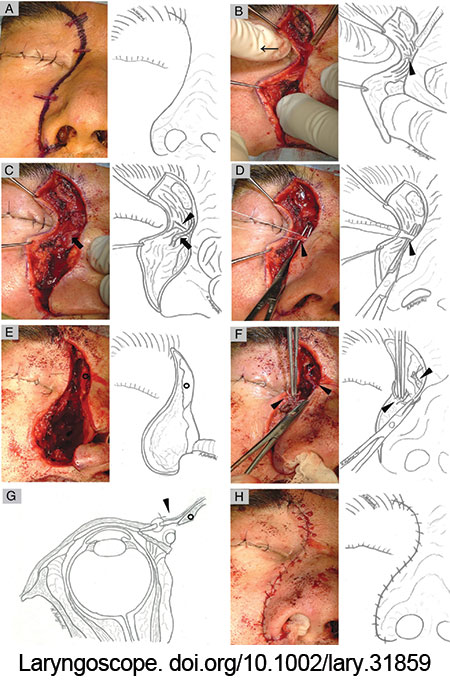
This study presents proven techniques and technical tips for MPL management in medial maxillectomy via a lateral rhinotomy.

The authors describe their current approach for flexible endoscopic management of Zenker’s diverticulum. This approach uses the latest techniques in flexible Zenker’s surgery, including submucosal division of the muscular common wall, partial mucosal wall division, and watertight closure.